The Reason Why Tungsten Is Better Than Lead---(VII)Cheaper Disposal
- Details
- Category: Tungsten Information
- Published on Thursday, 11 April 2013 19:36
- Hits: 2474
Since Tungsten is environmentally friendly, there, are no federally mandated disposal costs associated with getting rid of tungsten, as there are with lead as it is known to all that lead interferes with the development of the nervous system and is therefore particularly toxic to children, causing potentially permanent learning and behavior disorders.


As a matter of fact, industrial scrap (new scrap) and used scrap (old scrap) are recyclable, so it does not need much effect to dispose tungsten. For example, in 2000, an estimated 46 percent of U.S tungsten supply was derived from scrap. The ratio of tungsten consumed from new scrap to that from old scrap was estimated to be 20:80.
Tungsten Manufacturer & Supplier: Chinatungsten Online - http://www.chinatungsten.com
Tel.: 86 592 5129696; Fax: 86 592 5129797
Email: sales@chinatungsten.com
Tungsten News & Tungsten Prices, 3G Version: http://3g.chinatungsten.com
Tungsten News & Tungsten Prices, WML Version: http://m.chinatungsten.com
The Reason Why Tungsten Is Better Than Lead---(VI)Versatility
- Details
- Category: Tungsten Information
- Published on Thursday, 11 April 2013 19:30
- Hits: 2471
Due to its high density and high melting point, tungsten is as versatile as lead, if not more so. Tungsten can be used as a lead replacement for a variety of applications:
a) Ammunition (tungsten shot)
,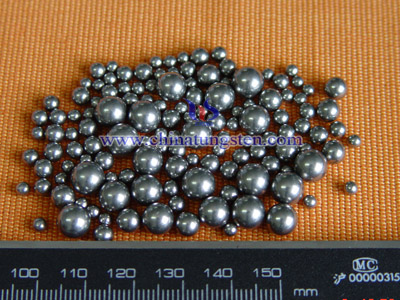
b) Industrial (tungsten flywheels, tungsten cases, tungsten dies, tungsten rods, tungsten plates)

c) tungsten Jewelry (tungsten rings, tungsten bracelets)
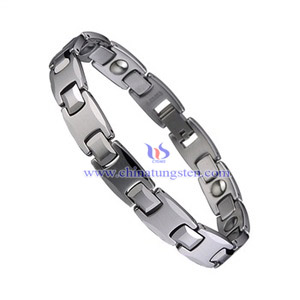
d) Radiation Shielding (the protective mats radiologists use when taking your x-rays)

e) Sport (tungsten darts, tungsten golf clubs, tungsten fishing weights and tungsten lures)

f) Stationery (the tungsten tips used in ballpoint pens)
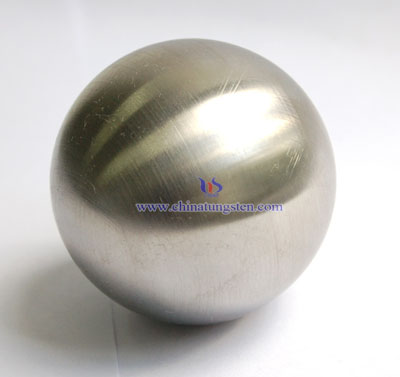
g) Weights (tungsten balance weights, tungsten wheel weights)
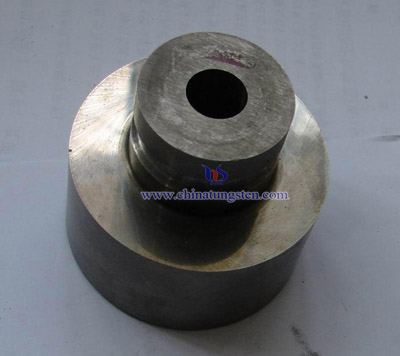
Tungsten Manufacturer & Supplier: Chinatungsten Online - http://www.chinatungsten.com
Tel.: 86 592 5129696; Fax: 86 592 5129797
Email: sales@chinatungsten.com
Tungsten News & Tungsten Prices, 3G Version: http://3g.chinatungsten.com
Tungsten News & Tungsten Prices, WML Version: http://m.chinatungsten.com
The Reason Why Tungsten Is Better Than Lead---(IV)Higher Hardness
- Details
- Category: Tungsten Information
- Published on Thursday, 11 April 2013 19:00
- Hits: 2513
Tungsten comes in many alloys from a machinable alloy to a diamond-hard one. The alloy can be tailored to each specific application. The hardness and density of tungsten are applied in obtaining heavy metal alloys. A good example is high speed steel, which can contain as much as 18% tungsten. Tungsten's high melting point makes tungsten a good material for applications like rocket nozzles, for example in the UGM-27 Polaris submarine-launched ballistic missile. Superalloys containing tungsten are used in turbine blades and wear-resistant parts and coatings.
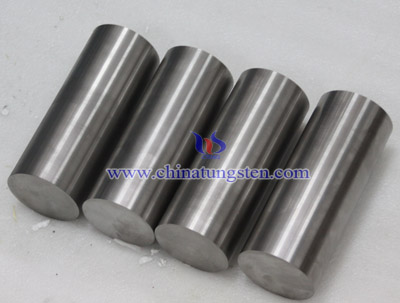
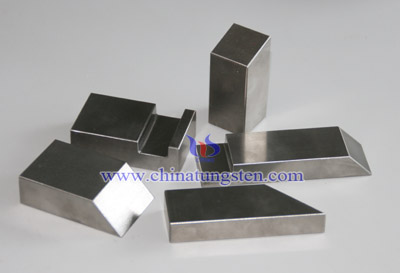
Tungsten Carbide is the choice to provide the best protection available for extreme wear and impact. It wears up to 100 times longer than steel in conditions including abrasion, erosion and galling. Wear resistance of tungsten carbide is better than that of wear-resistance tool steels. Wear resistance and heat resistance are just two of hundreds of suitable applications. It can offer wear life in excess of 5 times that of alumina ceramic and has ability for continuous operation a temperatures up to 900 degrees F (480 C). It can also be machined to very tight tolerances and to fine surface finishes as needed. WC is used to make wear-resistant abrasives and cutters and knives for drills, circular saws, milling and turning tools used by the metalworking, woodworking, mining, petroleum and construction industries and accounts for about 60% of current tungsten consumption. The jewelry industry makes rings of sintered tungsten carbide, tungsten carbide/metal composites, and also metallic tungsten. Because of tungsten carbide's hardness, rings made of this material are extremely abrasion resistant, and will hold a burnished finish longer than rings made of metallic tungsten.
Tungsten Manufacturer & Supplier: Chinatungsten Online - http://www.chinatungsten.com
Tel.: 86 592 5129696; Fax: 86 592 5129797
Email: sales@chinatungsten.com
Tungsten News & Tungsten Prices, 3G Version: http://3g.chinatungsten.com
Tungsten News & Tungsten Prices, WML Version: http://m.chinatungsten.com
The Reason Why Tungsten Is Better Than Lead---(V)The Highest Melting Point
- Details
- Category: Tungsten Information
- Published on Thursday, 11 April 2013 19:09
- Hits: 2486
Tungsten has the highest melting point of any pure metal at 6170°F (3410°C), while lead melted at 621.43 °F (327.46 °C), which make tungsten rod of value in a variety of high temperature products and processes. Among them are glass-to-metal seal parts and support parts for lighting and electronics, silicon rectifier stud mounts and high temperature furnace components.

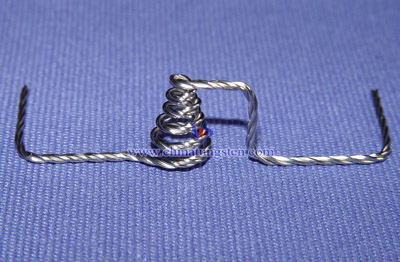
Tungsten Manufacturer & Supplier: Chinatungsten Online - http://www.chinatungsten.com
Tel.: 86 592 5129696; Fax: 86 592 5129797
Email: sales@chinatungsten.com
Tungsten News & Tungsten Prices, 3G Version: http://3g.chinatungsten.com
Tungsten News & Tungsten Prices, WML Version: http://m.chinatungsten.com
The Reason Why Tungsten Is Better Than Lead---(III)Non-Toxic Alternative
- Details
- Category: Tungsten Information
- Published on Thursday, 11 April 2013 18:51
- Hits: 2362
Unlike lead, tungsten is not toxic, so it can be used in numerous applications.

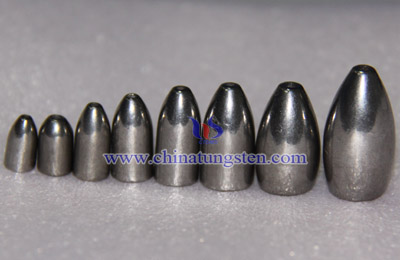
Lead has already been phased out of kids’ toys, electronics, and electrical equipment because it interferes with a variety of body processes and is toxic to many organs and tissues including the heart, bones, intestines, kidneys, reproductive and nervous systems, therefore particularly toxic to children, causing potentially permanent learning and behavior disorders. New regulations for lead paint removal go into effect in April 2010. At some point all lead use will be phased out, so why not get a jump on finding environmentally-friendly lead alternatives, like tungsten?
Tungsten Manufacturer & Supplier: Chinatungsten Online - http://www.chinatungsten.com
Tel.: 86 592 5129696; Fax: 86 592 5129797
Email: sales@chinatungsten.com
Tungsten News & Tungsten Prices, 3G Version: http://3g.chinatungsten.com
Tungsten News & Tungsten Prices, WML Version: http://m.chinatungsten.com





 sales@chinatungsten.com
sales@chinatungsten.com